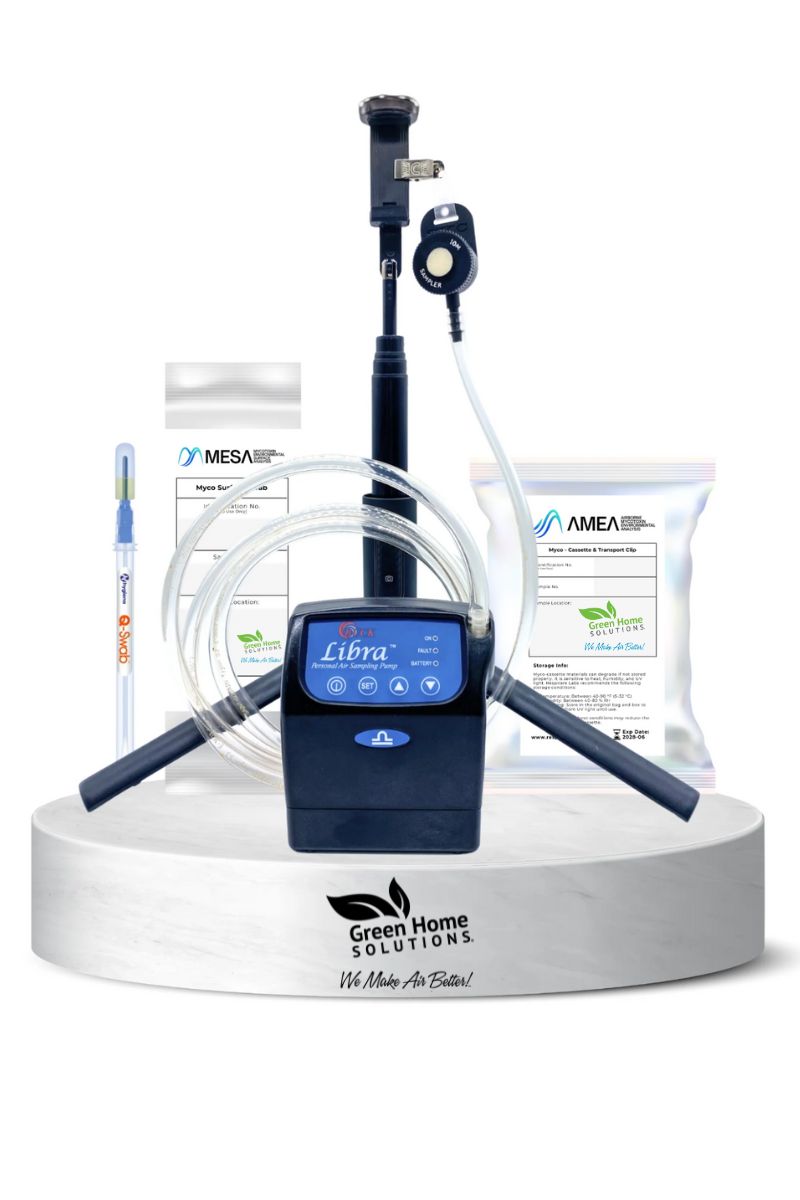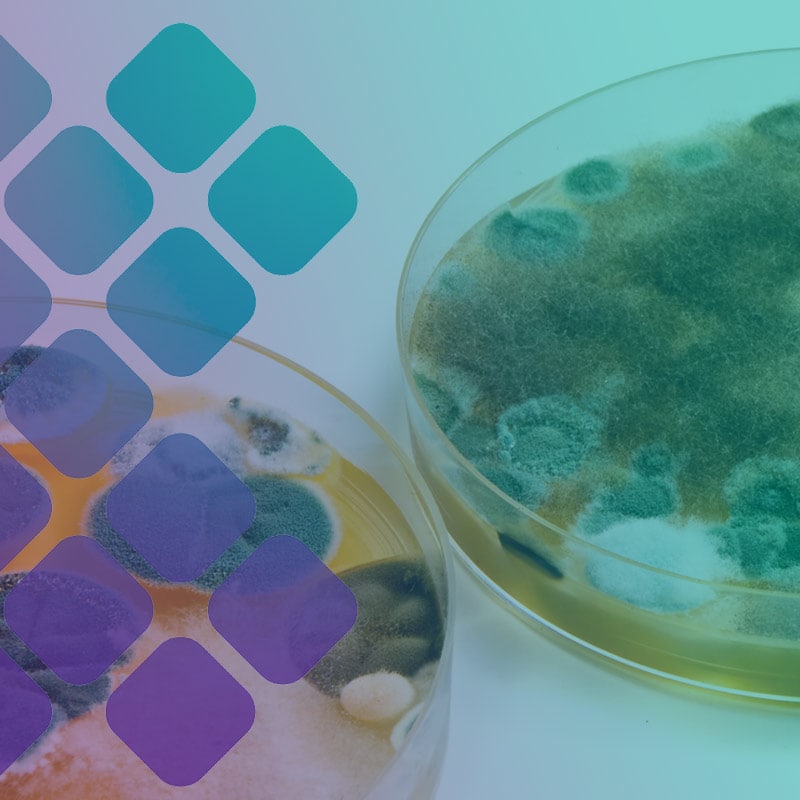How Mycotoxin testing Services Can Safeguard Your Products
How Mycotoxin testing Services Can Safeguard Your Products
Blog Article
Exactly How Mycotoxin Testing Helps Avoid Contamination and Protect Food Products

Mycotoxin screening is an important method in the food market, serving as a frontline protection against contamination by harmful contaminants produced by molds. Via the application of sophisticated methods like High-Performance Liquid Chromatography (HPLC) and Liquid Chromatography-Mass Spectrometry (LC-MS), food manufacturers can precisely evaluate and detect mycotoxin levels in farming products.
Comprehending Mycotoxins
Understanding mycotoxins starts with acknowledging that they are hazardous secondary metabolites produced by certain mold and mildews, which can pollute farming items. These metabolites are not necessary for the growth or reproduction of the fungi however can have severe ramifications for animal and human health. Mycotoxins are typically located in staple plants such as corn, wheat, barley, and nuts, where they can multiply under specific conditions of moisture and temperature level.
There are several sorts of mycotoxins, each produced by different fungal types. Aflatoxins, generated by Aspergillus varieties, are amongst one of the most infamous, understood for their cancer causing residential or commercial properties. One more considerable group includes ochratoxins, created by Aspergillus and Penicillium species, which have nephrotoxic impacts. Fusarium species produce fumonisins and trichothecenes, both of which are connected with different acute and persistent health and wellness issues.

Dangers of Mycotoxin Contamination
The threats of mycotoxin contamination are multifaceted, posing substantial dangers to both food safety and security and public health and wellness. Mycotoxins, toxic substances generated by particular kinds of fungis, can pollute a vast range of agricultural items including grains, nuts, seasonings, dried fruits, and coffee. Once these toxic substances infiltrate the food supply, they can lead to significant health concerns such as liver damage, kidney failure, and also cancer. Prone populations, including children, the elderly, and immunocompromised individuals, are particularly in jeopardy.
Financial influences are one more major problem. Polluted crops can result in substantial monetary losses for farmers and food producers as a result of minimized yields and the need for costly purification measures. International trade can be considerably hindered as nations impose rigorous mycotoxin guidelines to shield their populaces, leading to turned down shipments and stretched profession connections.
Environmental elements such as climate adjustment aggravate the risk of mycotoxin contamination. Variations in temperature level and humidity can produce positive conditions for fungal growth, raising the chance of contamination occasions. Therefore, understanding and reducing these dangers are crucial for making sure the safety and honesty of international food products.
Methods of Mycotoxin Examining
Precisely determining mycotoxin contamination in agricultural items is essential for guarding public wellness and maintaining food security requirements. Various methods are used to find and measure mycotoxins, each offering particular advantages and limitations.
High-Performance Fluid Chromatography (HPLC) is an extensively used technique as a result of its high sensitivity and precision. It includes dividing mycotoxins from various other compounds in a sample, enabling accurate quantification. Liquid Chromatography-Mass Spectrometry (LC-MS) incorporates fluid chromatography with mass spectrometry to offer in-depth molecular info, making it specifically beneficial for determining multiple mycotoxins at the same time.

Gas Chromatography-Mass Spectrometry (GC-MS) and Thin-Layer Chromatography (TENDER LOVING CARE) are additionally used, each with unique applications. GC-MS is efficient for unpredictable mycotoxins, while tender loving care uses a less complex, affordable alternative for initial screening.
Advantages of Routine Checking
Normal testing for mycotoxins in farming you could check here items uses countless advantages, considerably adding to public health and wellness and food safety. By recognizing contamination early, routine screening assists stop the circulation of toxic foods, thereby reducing the threat of mycotoxin-related ailments among customers. This positive method not just safeguards human wellness but also enhances the total top quality of food materials.
Regular testing additionally sustains regulatory conformity. Different nations and areas have actually established strict restrictions for mycotoxin degrees in food and feed. Adhering to these restrictions via regular screening makes sure that distributors and producers fulfill lawful requirements, consequently staying clear of penalties and profession obstacles. Moreover, maintaining compliance cultivates consumer trust fund and brand reputation, which are vital for market success.
Furthermore, normal mycotoxin screening can lead to considerable financial benefits. Early discovery of contamination permits timely intervention, lowering potential losses from prevalent visit this web-site contamination. Implementing normal testing methods can also reduce recall expenses and relevant liabilities, which can be monetarily ravaging.
Additionally, normal screening gives useful information that can inform much better farming practices and storage space problems. By recognizing patterns of contamination, manufacturers can embrace safety nets, therefore adding and minimizing future threats to the sustainability of the food supply chain.
Carrying Out Checking Protocols
Applying effective mycotoxin testing procedures is crucial for guaranteeing the safety and high quality of agricultural products. Each phase has to be inspected to identify where mycotoxin contamination is most likely to happen.
When critical control points are recognized, picking suitable testing techniques is necessary. Common methods consist of enzyme-linked immunosorbent assay (ELISA), high-performance liquid chromatography (HPLC), and mass spectrometry (MS) Each technique has its staminas and weak points; therefore, choosing the right one depends upon the details mycotoxin being examined, the called for sensitivity, and readily available resources.

Last but not least, integrating the testing methods right into an extensive food security administration system is suggested. This enhances traceability and enables speedy corrective actions when contamination is discovered, thus protecting the stability of the food supply chain.
Final Thought
Mycotoxin screening is essential in avoiding contamination and securing food supplies by making it possible for early detection of damaging contaminants produced by mold and mildews in farming products. Advanced methods such as HPLC and LC-MS make certain compliance with security regulations and secure consumers from health and wellness risks. Regular testing improves brand name track record, economic stability, click this site and rely on food safety by reducing contamination-related losses and maintaining high requirements in food manufacturing. Carrying out rigorous testing methods is thus necessary for the sector's overall health.
Mycotoxin testing is a crucial practice in the food industry, offering as a frontline defense against contamination by harmful contaminants generated by mold and mildews. An incorporated technique including agricultural techniques, storage space monitoring, and normal testing can alleviate the risks linked with mycotoxin contamination, guaranteeing food safety and security and public wellness.
The dangers of mycotoxin contamination are multifaceted, posing substantial risks to both food safety and public health and wellness.Routine screening for mycotoxins in farming products supplies numerous benefits, dramatically adding to public wellness and food security.Mycotoxin screening is crucial in avoiding contamination and guarding food products by enabling very early discovery of hazardous toxins generated by molds in agricultural items.
Report this page